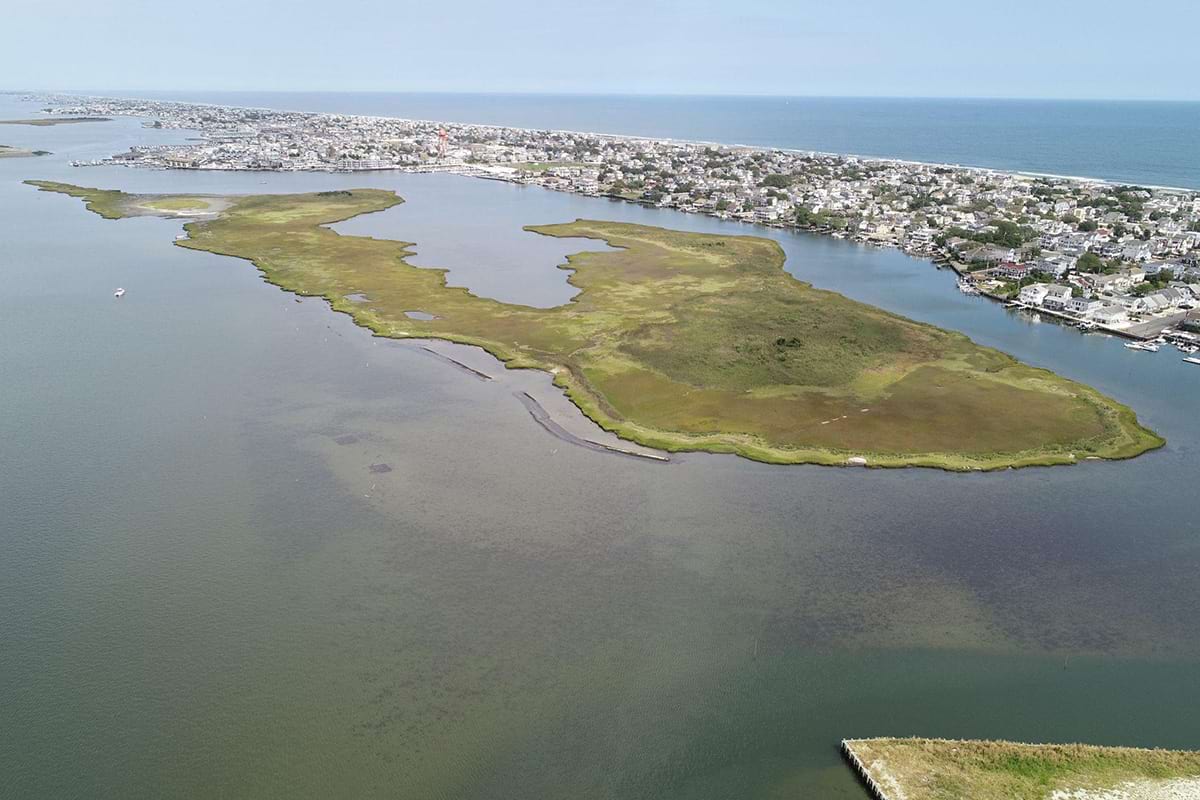Infrastructure projects that intentionally use natural and nature-based habitats and processes to reduce risks and deliver multiple benefits are referred to as nature-based solutions.

Nature-based solutions intentionally use natural and nature-based habitats, such as marshes or human-made oyster reefs, and natural processes, such as river currents, in infrastructure projects to reduce coastal hazard risks and deliver multiple economic, social, and environmental benefits.
Other examples of nature-based solutions are created coral reefs, human-made dunes, and the building up of barrier islands, or the salt marshes on them, with sediment.
Why would we want to build up a salt marsh? Coastal communities are particularly vulnerable to storms because they are at the interface between the land and sea, yet 40% of the U.S. population lives near a coast. Barrier islands and their salt marshes make coasts more resilient to catastrophic weather events, such as hurricanes, and their accompanying storm surge.
Salt marshes provide a lot of other benefits to humans. These environments protect people and infrastructure from day-to-day wave energy; they provide habitat for wildlife; and they bury carbon. They also provide places for recreation activities and contribute to improving water quality.
However, some barrier islands and their salt marshes are rapidly disappearing as a consequence of many factors, including sea level rise. To offset this problem, some federal agencies are using clean sediment dredged from shipping channels to restore habitats that are being lost.
NOAA looks at nature-based solutions projects such as these and asks questions, such as what kind of management actions can facilitate better outcomes for the marshes? What do we get out of nature-based solutions, and how does that amended system compare to the original, untouched system in the way it functions, provides habitat, and buries carbon? Fifteen years from now, will we still get the benefits that we were intending to get out of them? What is the effect of this amendment on the ability of the marsh to break waves or protect the downwind areas from wave energy? Is the marsh going to pull out the carbon dioxide from the atmosphere as well as it did before we placed the material?
Answering these questions is the first step in optimizing the rebuilding of salt marsh environments that do so much for us.
Additional reading from the NOAA: New Report Evaluates Benefits of Using Dredged Sediments to Enhance Coastal Ecosystems

